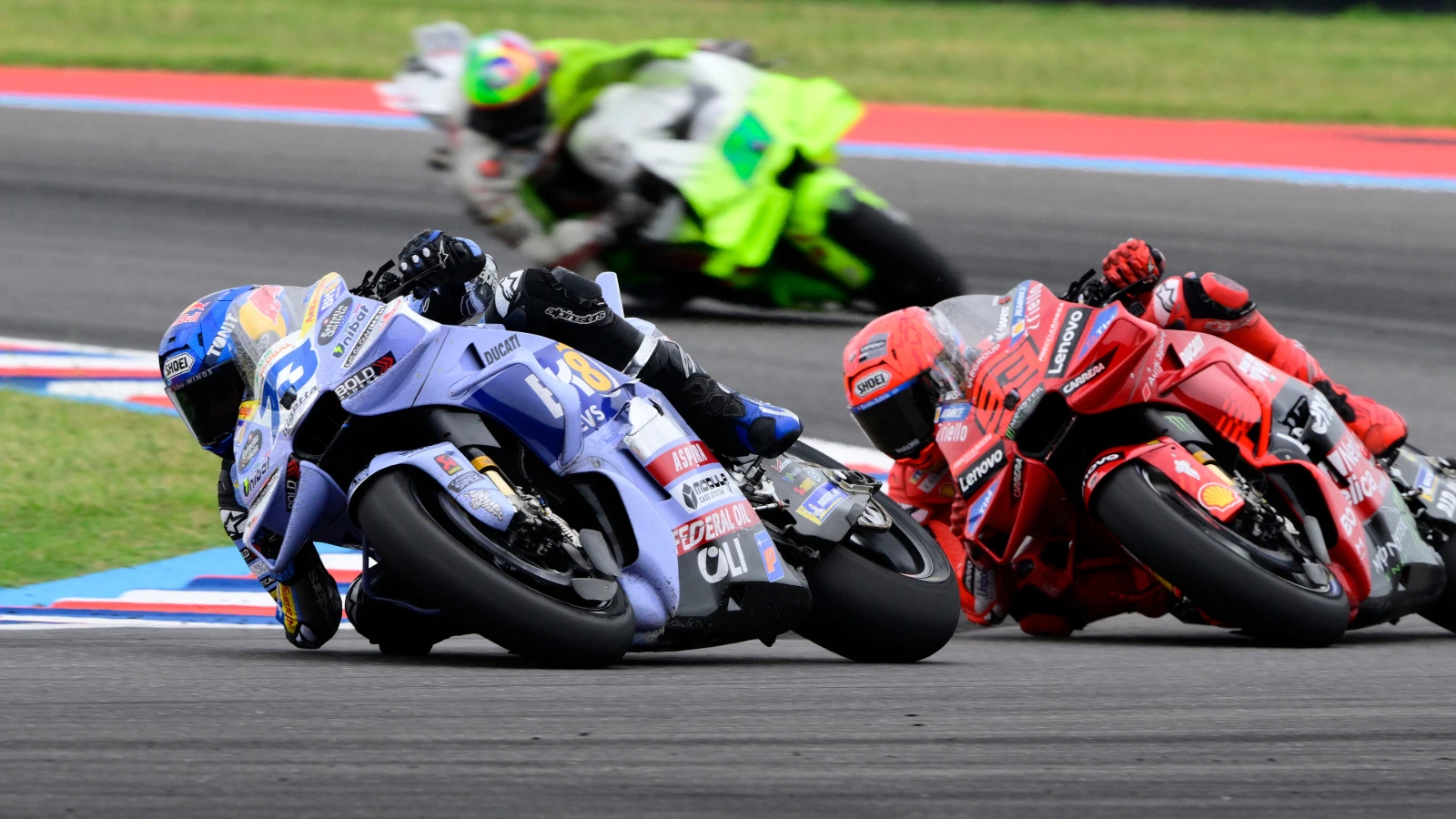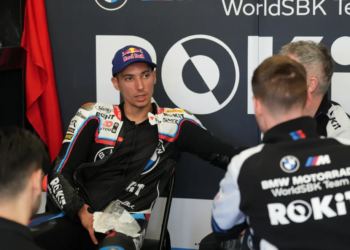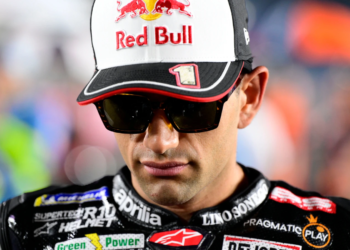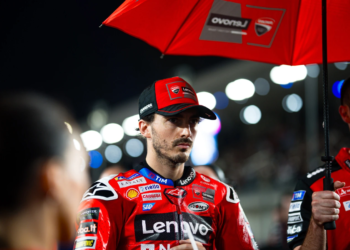MotoGP, the pinnacle of motorcycle road racing, is officially returning to Brazil in 2026, reigniting the passion of South American motorsport fans.
After more than two decades of absence, the championship will once again thunder through the vibrant landscape of Brazil, this time at the brand-new Rio Motorpark in the city of Rio de Janeiro. This long-anticipated return marks a significant milestone for the sport, the nation, and the wider MotoGP community.
Historic comeback
The last time MotoGP graced Brazilian soil was in 2004, at the Jacarepaguá circuit, which was later demolished to make way for the 2016 Olympic facilities. Since then, Brazilian fans have been waiting patiently—and now, their patience is finally being rewarded. The 2026 season will see the world’s best riders, teams, and manufacturers make their way to the newly constructed Rio Motorpark, a facility designed to meet modern safety and sustainability standards.
The Fédération Internationale de Motocyclisme (FIM) and Dorna Sports confirmed the deal with Brazilian authorities in 2023, setting in motion preparations for what’s expected to be one of the most dynamic races on the MotoGP calendar.
Why Brazil matters to MotoGP
Brazil isn’t just a country with a deep motorsport heritage—it’s a cultural powerhouse with a massive fan base. Formula 1 already enjoys huge popularity in the region, with legendary names like Ayrton Senna and Nelson Piquet etched into motorsport history. The return of MotoGP taps into this same reservoir of enthusiasm, bringing the thrill of two-wheel competition back to a country that lives and breathes racing.
Moreover, Brazil’s market potential is immense. Dorna Sports has long expressed interest in expanding MotoGP’s presence in Latin America. With Argentina already a recurring Grand Prix host, adding Brazil strengthens the sport’s foothold in the region and introduces more diversity to the global calendar.
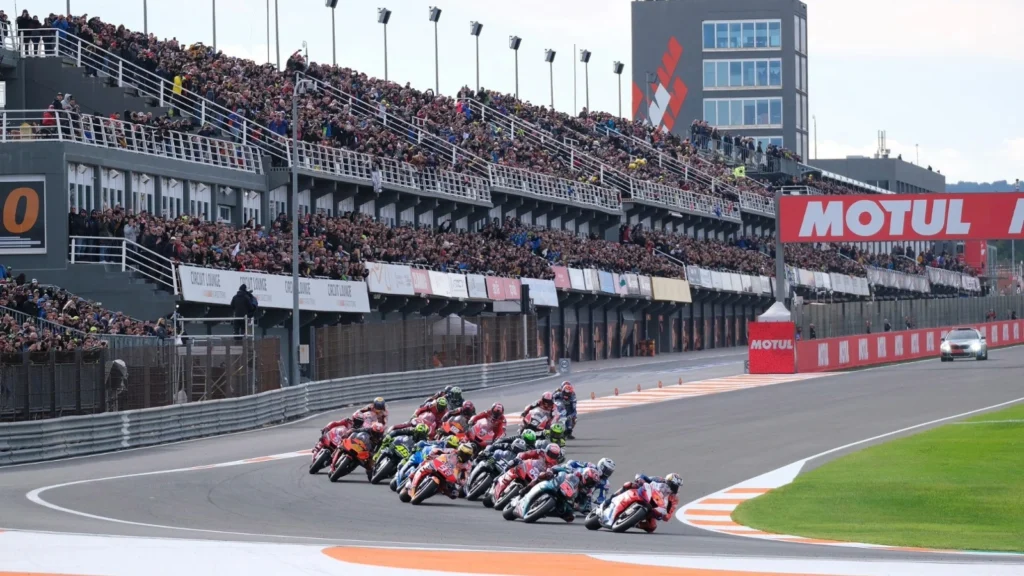
The Rio Motorpark: A future-proof circuit
The new Rio Motorpark promises to be a state-of-the-art facility, offering a mix of high-speed straights, technical corners, and scenic surroundings. Designed with both riders and fans in mind, it will feature modern amenities, eco-conscious construction, and safety measures that meet the latest MotoGP standards.
Construction began in 2023, and according to official plans, the track will span 4.5km with 14 corners, providing ample opportunity for overtakes and high-stakes racing. It’s being built in the Deodoro neighbourhood of Rio, bringing not only motorsport prestige but also economic development to the area.
The return’s economic impact
MotoGP’s return to Brazil is expected to generate a substantial economic boost. Major events like this draw tourism, media attention, and commercial investment. Hotels, restaurants, local businesses, and transport sectors stand to benefit significantly. Furthermore, job creation linked to the event—from construction to hospitality—will play a role in Rio’s post-pandemic economic recovery.
The Brazilian government has estimated that the Grand Prix could bring in over $50m in its first year alone. In a country still grappling with economic inequality and inflation, the injection of international revenue offers real potential for long-term benefits.
Sports predictions today and tomorrow
Amid all the excitement, fans and analysts alike are beginning to make sports predictions today about who might dominate the Brazilian track in 2026. Will the reigning champions continue their streak, or will the South American heat and layout bring surprises? The combination of a new track and regional climate could level the playing field, offering a more unpredictable and exhilarating race.
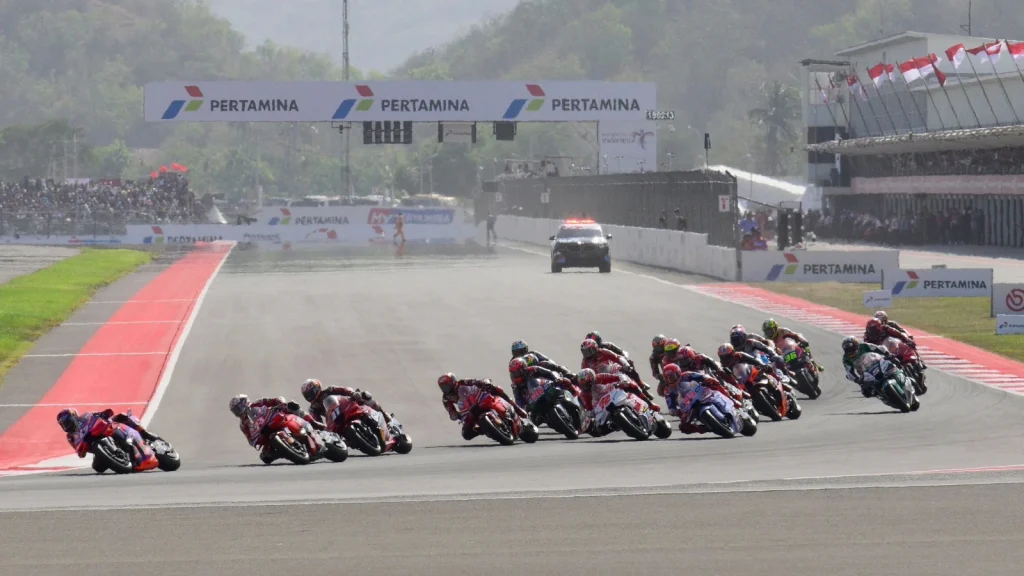
Additionally, emerging talent from Latin America may find the Brazilian GP to be their breakthrough moment. The home advantage, passionate crowd, and increased media spotlight could turn underdogs into national heroes.
Beyond the track: Cultural, educational, and technological opportunities
MotoGP’s return to Brazil also opens doors for cultural and educational initiatives. With motorcycle racing re-entering the national conversation, schools and universities may start integrating motorsport engineering and technology into STEM programs. This could inspire a new generation of engineers, mechanics, and sports scientists within Brazil.
Local art and music scenes will likely embrace the return of the sport as well. Expect MotoGP-themed graffiti, documentaries, and merchandise that reflect Brazil’s unique creative identity. Festivals and fan zones around the Grand Prix weekend may evolve into full cultural events, blending racing with local food, samba, and performance art.
Technology also plays a growing role in modern motorsport. With Brazil’s increasing digital connectivity and thriving gaming community, the Rio GP could spur development in racing simulators, esports competitions, and virtual fan experiences. This goes hand-in-hand with the country’s youth-driven interest in gaming and motorsport, creating fresh revenue streams and engagement strategies for organizers.
Environmental considerations
One of the challenges MotoGP faces globally is sustainability. The organizers of the Rio GP have pledged to implement eco-friendly practices, including carbon offsetting, waste reduction, and renewable energy usage at the circuit. Given the increasing pressure on major sporting events to go green, the Rio Motorpark could serve as a model for how to stage large-scale motorsport events responsibly.
MotoGP itself is pushing toward a more sustainable future with the development of e-fuels and hybrid technologies. Brazil’s longstanding leadership in ethanol-based fuels aligns well with this direction, potentially making the country a valuable partner in MotoGP’s environmental transformation.
A win for the fans too
Perhaps the most important outcome of all is what this means for the fans. Brazilian audiences are known for their passion and energy. The return of MotoGP provides not just entertainment but an opportunity for fans to engage with a sport they love on home soil.
Social media campaigns, rider meetups, and immersive fan zones are expected to be part of the 2026 experience. For many young Brazilians, this will be their first chance to see MotoGP live, and it’s likely to make a lasting impact. In turn, this could fuel grassroots motorsport programs and increase motorcycle racing’s popularity across the continent.
Conclusion: A strategic and emotional return
MotoGP’s 2026 return to Brazil is more than just another Grand Prix on the calendar—it’s a strategic expansion, a cultural celebration, and an emotional homecoming for thousands of fans. With a cutting-edge track, strong fan support, and new technological and educational opportunities, Brazil is poised to become a key player in the future of MotoGP.
While it’s still too early to make bold predictions about the race results, one thing is certain: the energy, color, and enthusiasm of Brazilian motorsport fans will be on full display when the lights go out in Rio. Whether you’re into high-speed racing, economic impact, or the cultural evolution of sport, this Grand Prix is set to be unforgettable.
And for those keeping an eye on performance trends and betting angles, this could very well become one of the most exciting stops for sports predictions today and in the seasons to come.

